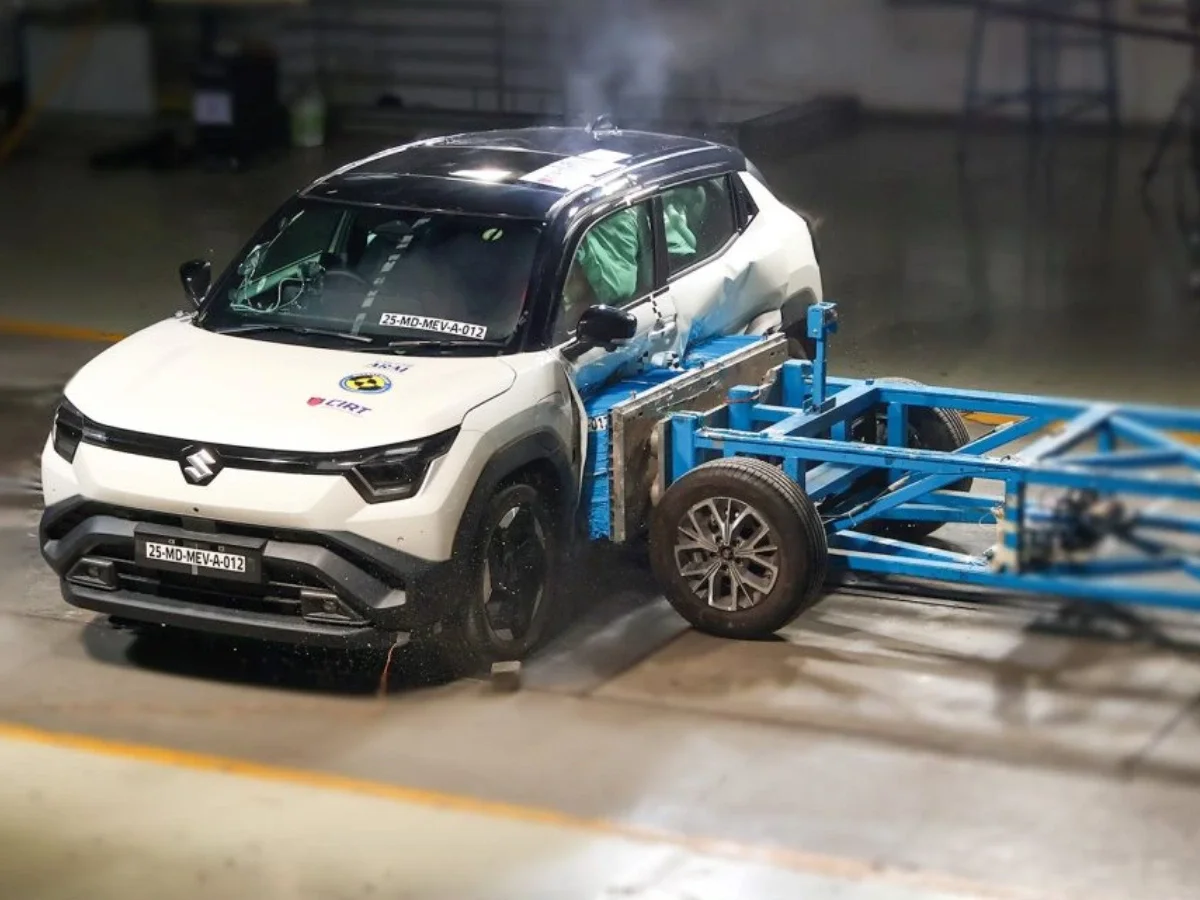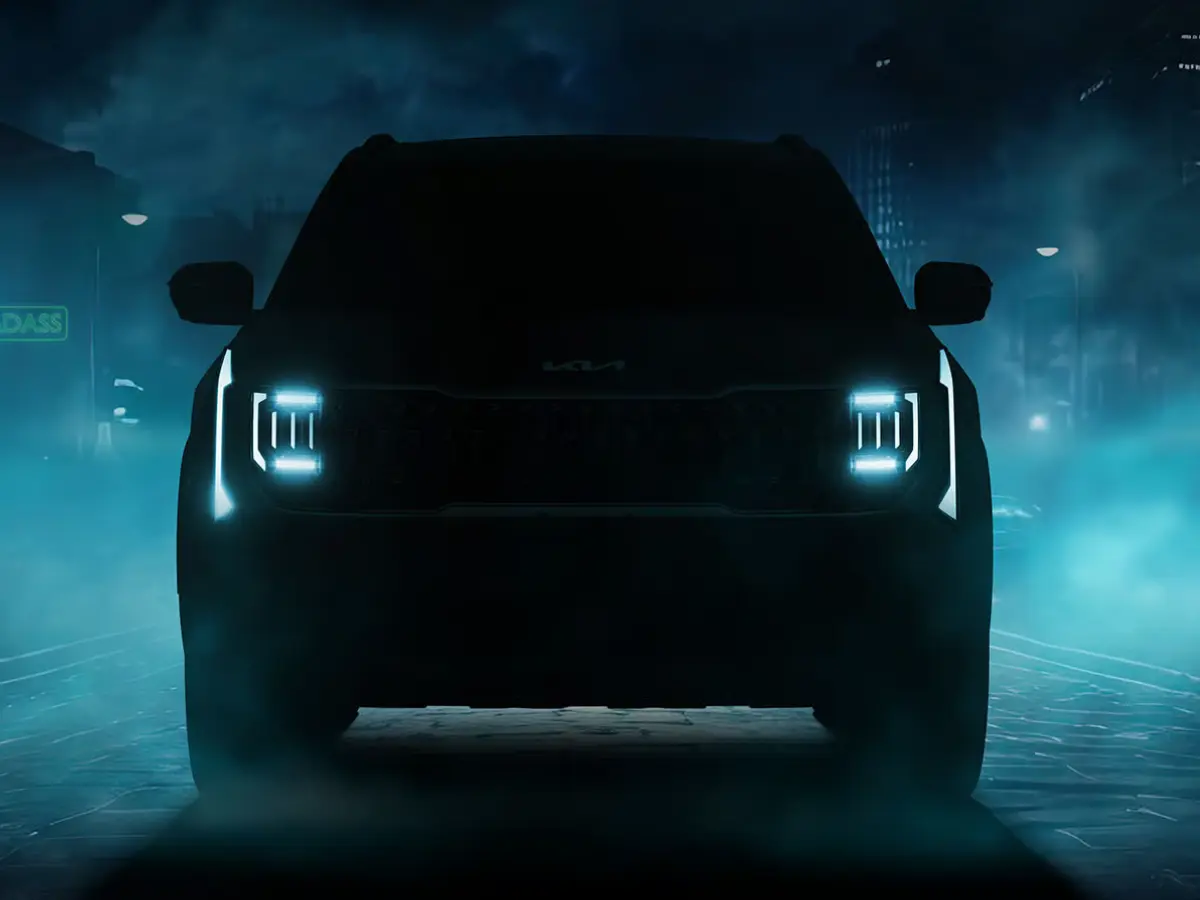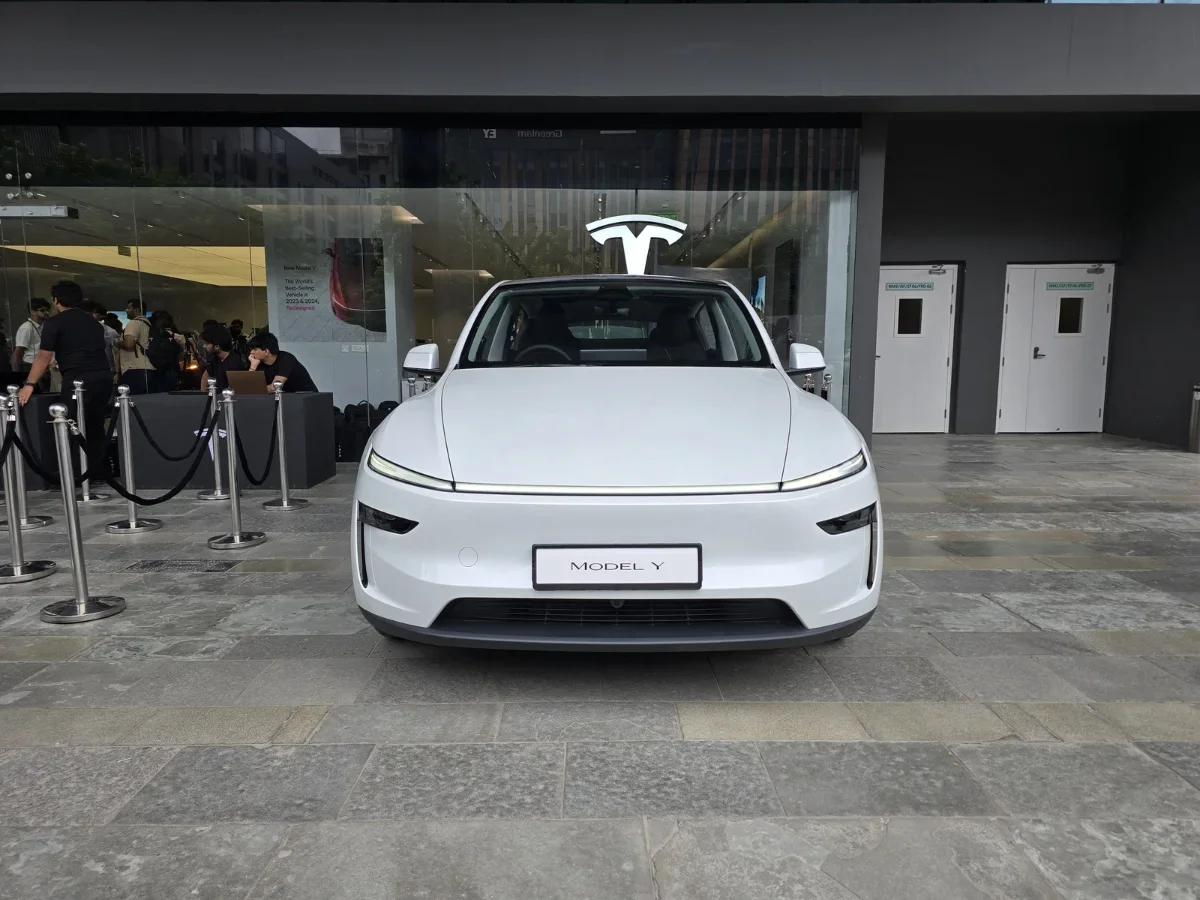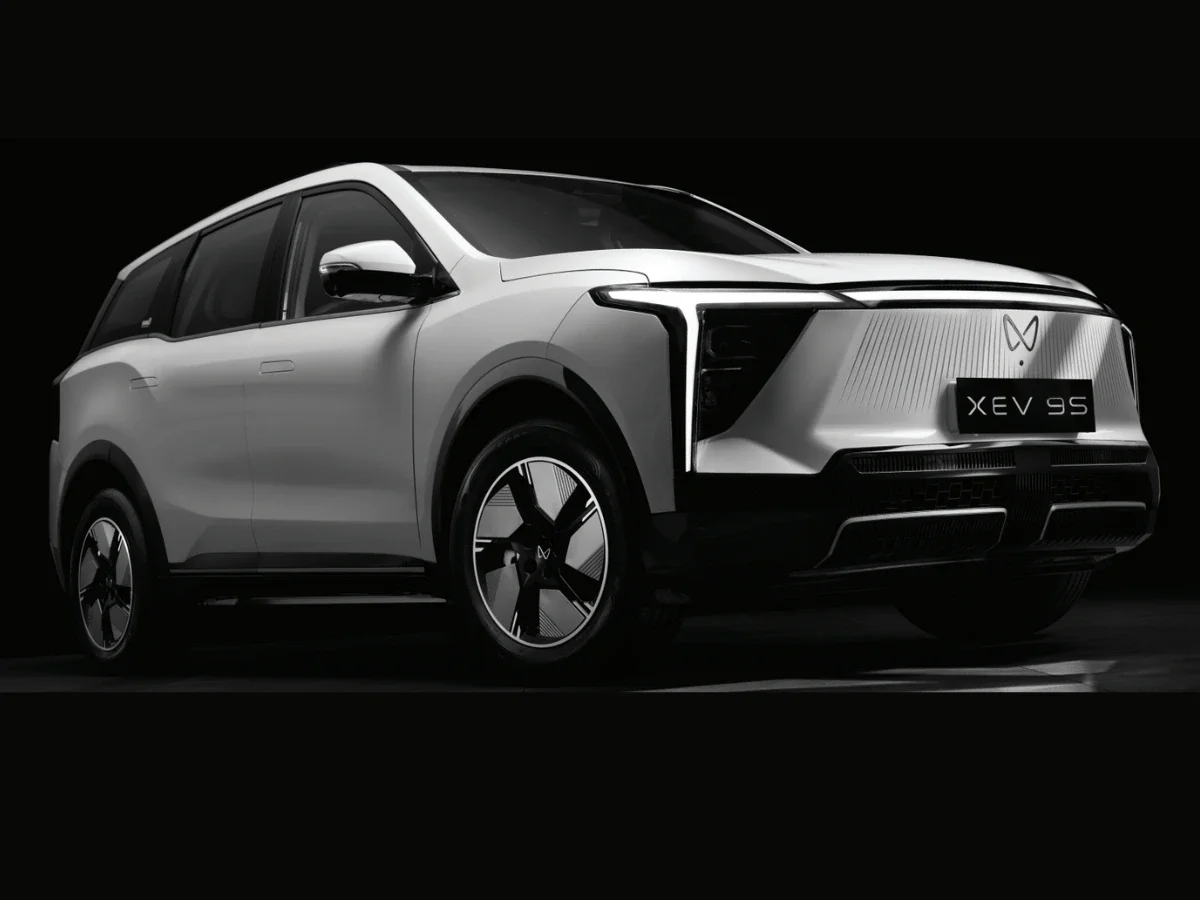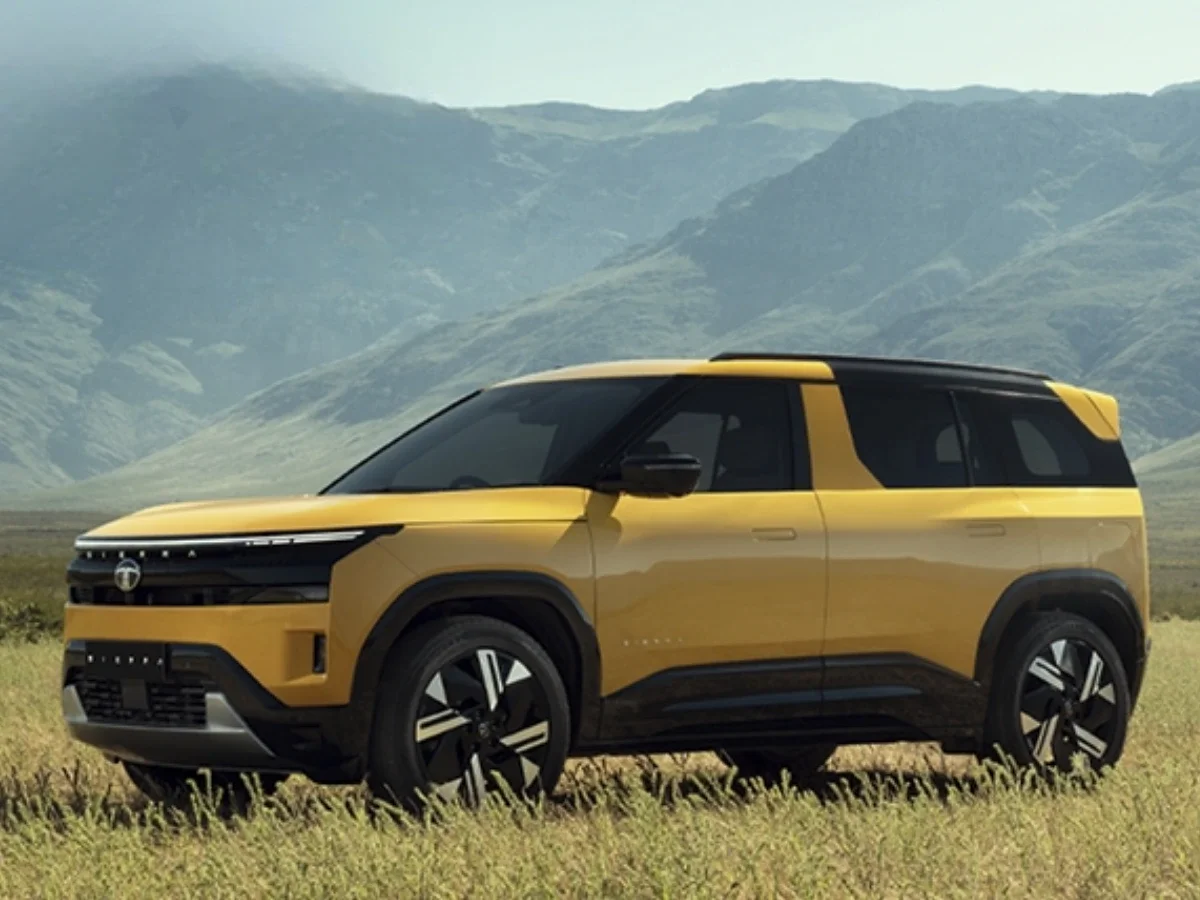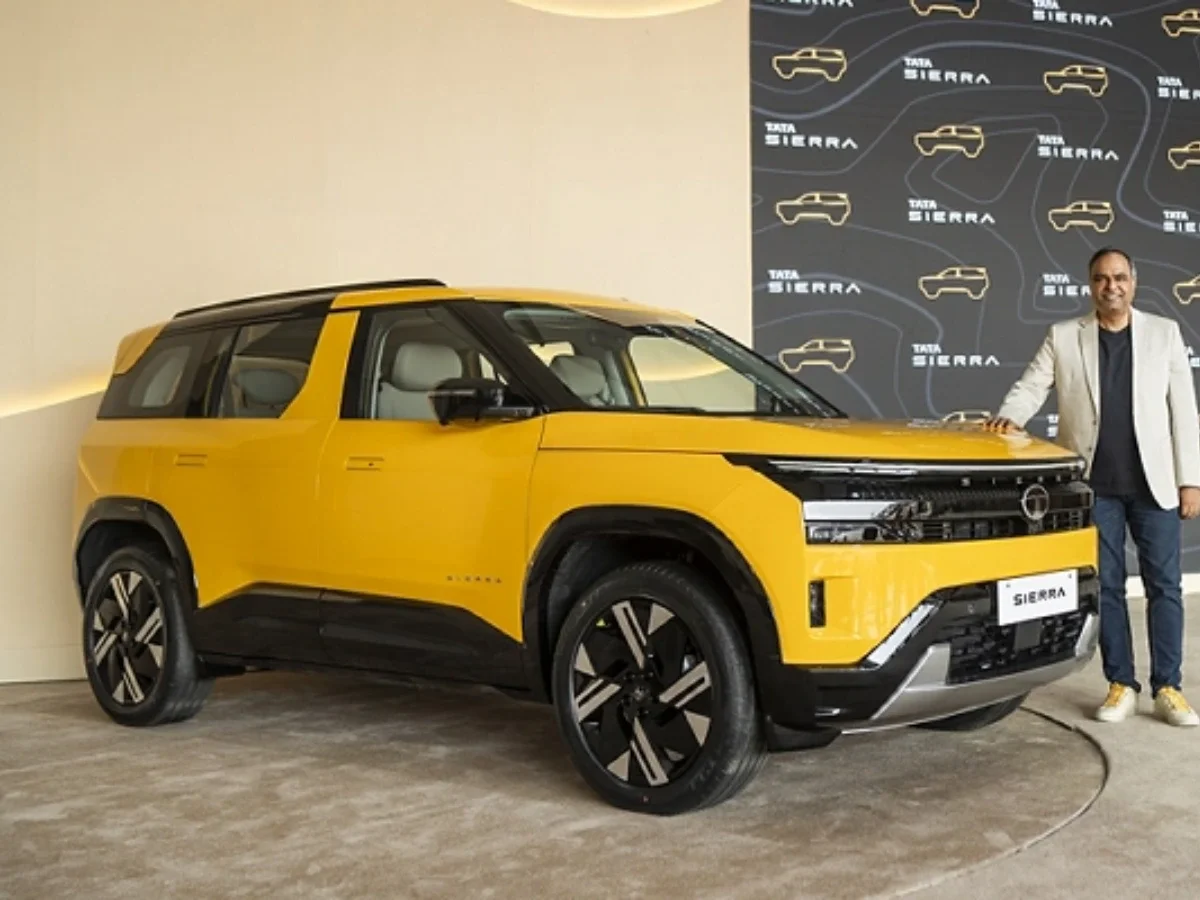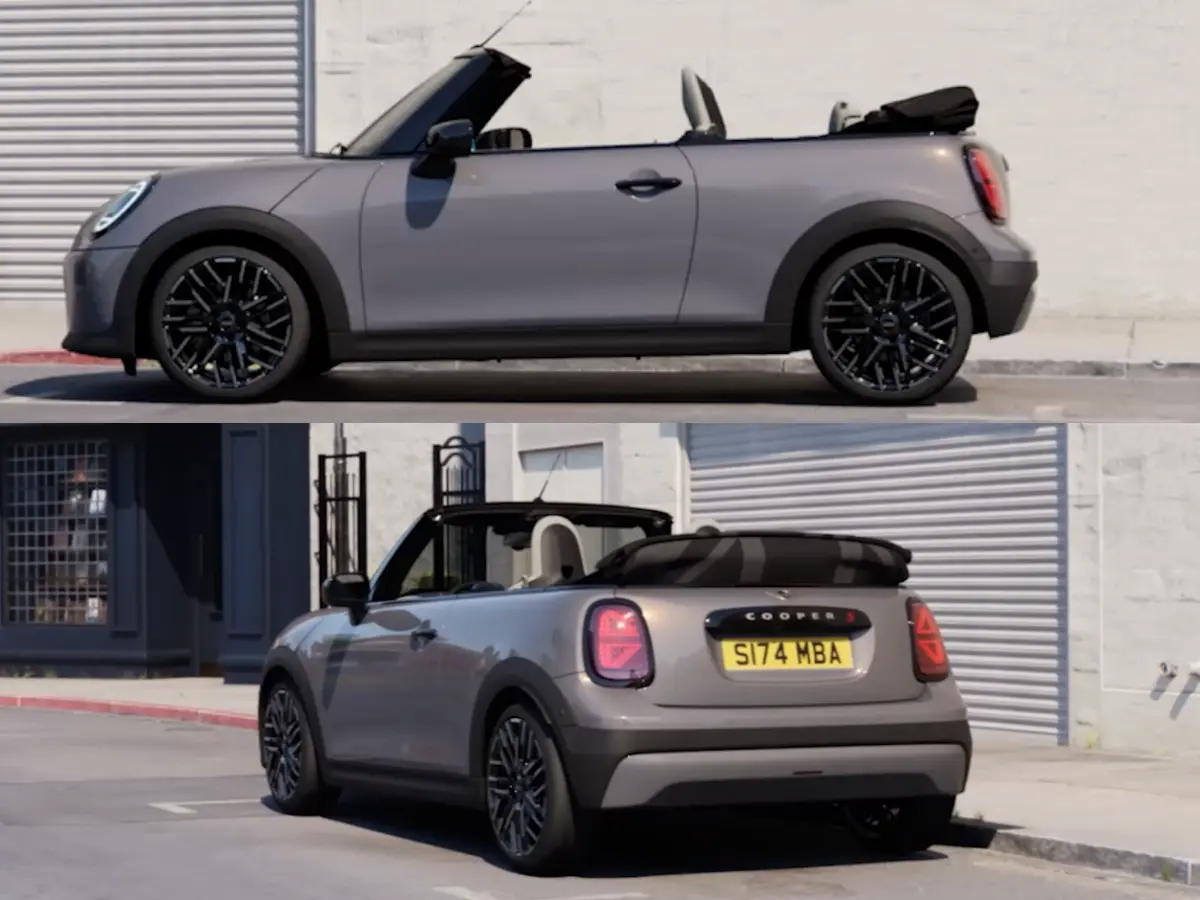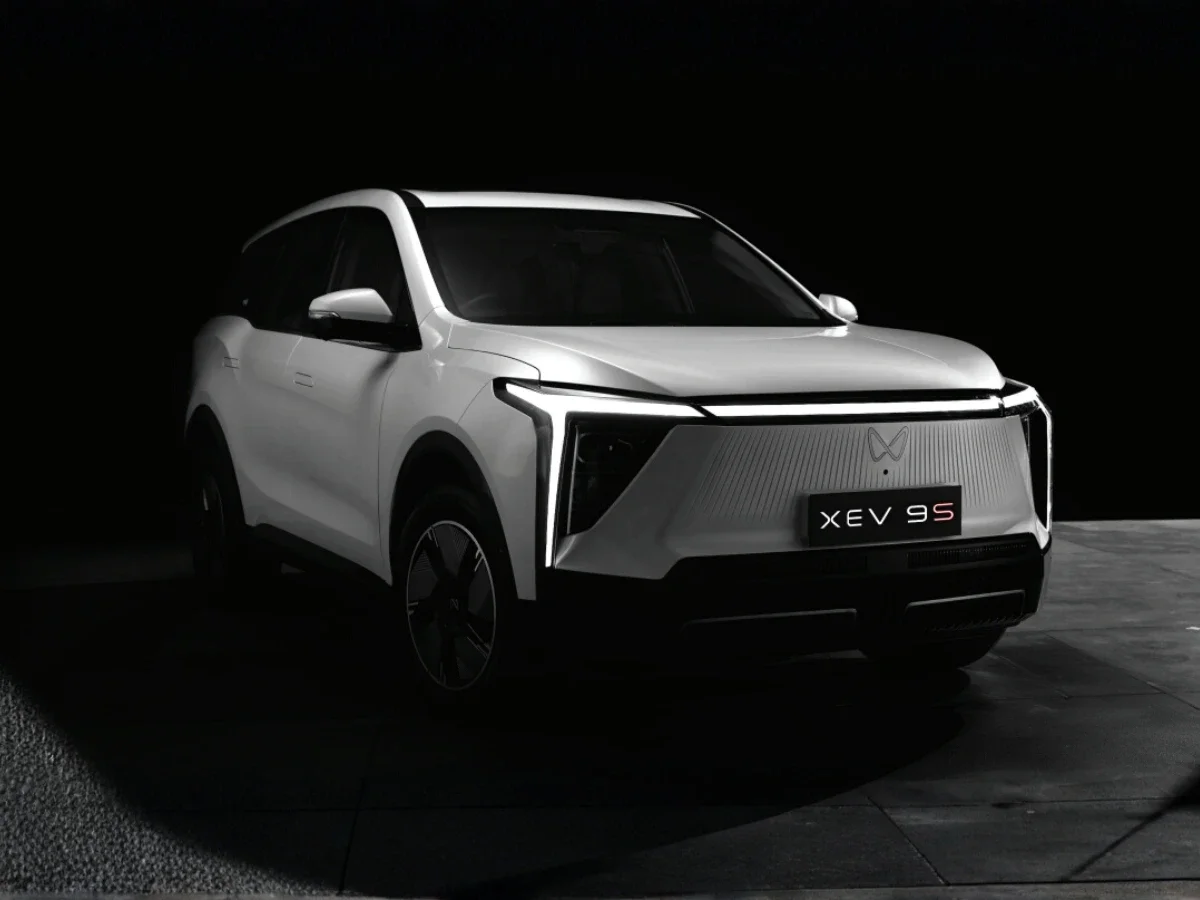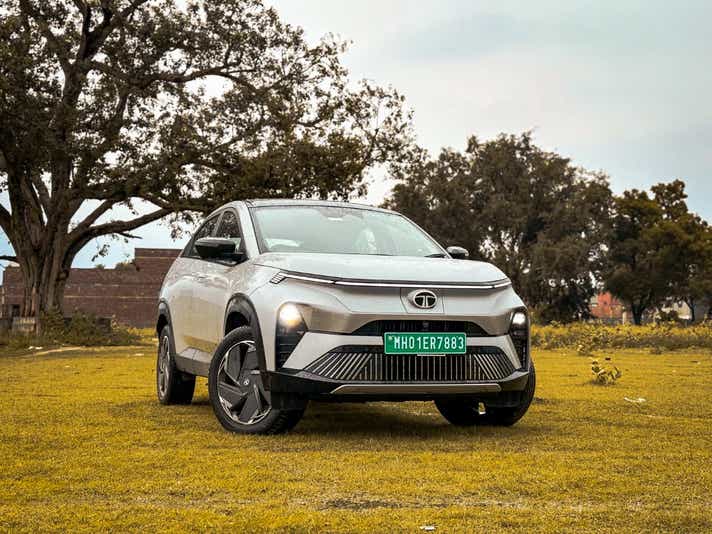

Tata Curvv EV range test — How close is it to the claimed range?
- 1Tata Curvv EV 55 comes equipped with a 55kWh battery pack
- 2Tata claims a C75 range of between 400-425km on a single charge
- 3We drove the Curvv EV for over 500km to conduct this range test
As surprising as it may sound, while I have had the pleasure of driving multiple cars in my automotive journalism career up until now, I have not been able to properly test an electric vehicle over an extended period. A part of it goes to range anxiety—a thing of the past now—and some goes towards my love for frugal diesel engines and turbocharged stick-shifts. But when folks at Tata Motors called me up with an opportunity to take the Curvv EV somewhere far, I didn’t have any reason to turn it down. Afterall, it would give me a chance to properly test an EV and understand how good these EVs have grown in these past years.
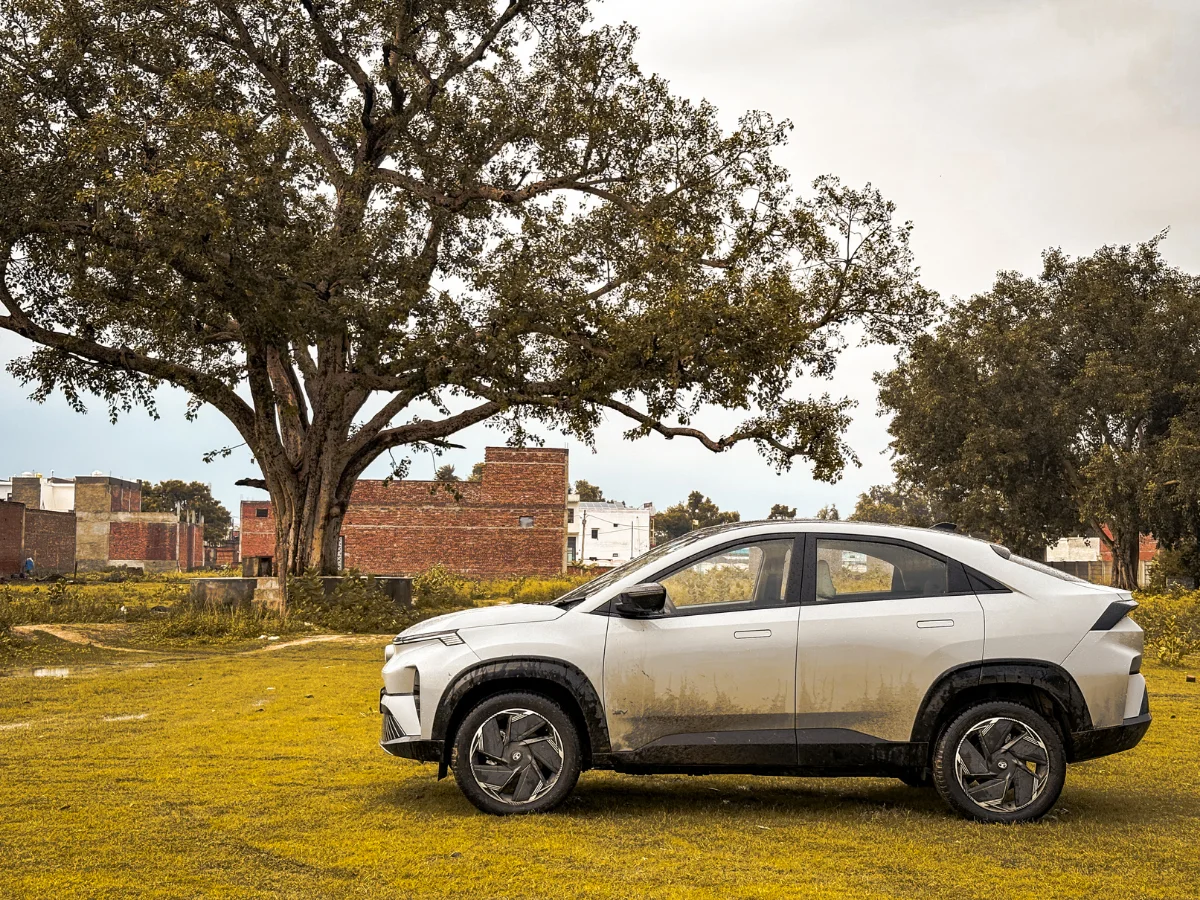
The initial plan was to put the Curvv EV through the agony of steep curves of Uttarakhand, but the ever-so-challenging weather conditions were enough to throw that plan into the bin. Then I thought of a more familiar route—a plan that poses challenges against the Curvv and not me. I decided to drive down to my hometown—a good 500km drive to and fro—that is enough to test the Curvv EV range and drive experience. Before setting things off, let’s clear the basics. The Curvv EV test car came equipped with the 55kWh battery pack in its top-spec avatar, loaded with all the bells and whistles, which we will put to test later on in the story.
Also Read: Tata Altroz facelift drive review - Upping the ante
Before heading on the highway, it was necessary to juice up the battery to its maximum capacity. While I earlier thought of charging via a DC fast charger, the car apparently had enough of it—showing a suggestion to use a slow charger to preserve battery life. So I abided and charged using an AC charger, which took close to 4.5 hours for a 50-100% charge. Before proceeding with my plan to hit the highways, I planned a quick commute to Noida to watch the F1 movie, which I wholeheartedly recommend to everybody—including non-F1 fans.

The first leg of the trip was 140km and I began with 74% SOC and an indicated driving range of over 250km. It is worth mentioning that I drove the Curvv EV in the Eco mode on the highways, with occasional bursts in the Sport mode, enabling quick overtakes. Having navigated the bustle of Gurgaon traffic, I settled down on the expressway and put the Curvv EV on cruise control. Since it comes with Level-2 ADAS, cruise control works in tandem with the lane keeping assist and adaptive cruise control. While the latter worked fine, I struggled with the lane keeping assist, which didn’t feel as consistent as in other cars and struggled to keep the car consistently within the lane and made too many corrective measures rather than seamlessly flowing with the lanes.

Apart from that, the Curvv EV felt effortless cruising on the expressway with minimal road noise and the JBL sound system ensured that I was constantly humming on my favourite tunes. The air conditioning, which tends to work overtime in hot summers of NCR, worked flawlessly with seat ventilation—the controls of which could have been more ergonomically placed. What’s also likable was the stability of the Curvv EV on the highways. It felt confident going over undulations with minimal body movement, keeping the occupants comfortable.
However, the Curvv EV is not the most comfortable Tata car, which is understandable given it runs on 18-inch wheels. In city conditions, it tends to feel a bit bouncy yet absorbent. It has a sense of stiffness to it but not enough to be considered as uncomfortable. Given the additional weight of the batteries and 18-inch wheels, the Curvv EV is fairly comfortable but not in the league of other Tata cars, which are easily the most comfortable options in their respective segments.

Another shortcoming of the Curvv EV—that is also shared with the Nexon EV—is the absolutely enormous A-pillars. I get the importance of having a strong A-pillar for crash safety but it’s as unsafe if not less, if it impedes visibility. I have had instances where I failed to register pedestrians, motorcyclists and autos falling in the blindspot of the A-pillars. Thankfully, the Curvv EV comes with a surround view camera with blind spot monitoring, which alleviates the problem to a small extent but incorporation of quarter glasses or slimmer A-pillars are the permanent solutions that Tata should surely offer in both the Curvv and Nexon.
Also Read: New Year’s delight — Road tripping with the Kia Seltos X Line
At the end of the 140km drive, the battery percentage dropped from 74% to 35%, which was still good enough for 120km. But since I had to travel further to reach my final destination, I plugged the Curvv EV to a 30kW DC fast charger and charged up to 80%. The 80% charge with a displayed range of around 270km was enough to make it back to Gurgaon. At the end of the final trip—from 80% SOC—I managed to travel for 250 odd kilometres, with 10% charge still left. The Curvv EV, however, went into the Eco mode by default with restricted power, ensuring maximum range in emergency situations.

In my experience, I was confidently managing to extract an estimated range of 370-380km on a single charge which, given the mostly highway driving conditions, is rather impressive. Within the city limits, the Curvv EV could easily do over 400km on a single charge. Interestingly, Tata Motors claims a C75 range—which is an indicative range 75% of the users would get—is between 400km and 425km, which is close to our testing.
To stay updated with all happenings and developments in the automotive world and be a part of interesting auto discussions and more, join our official AUTOVERSE Whatsapp community (click here to join).




